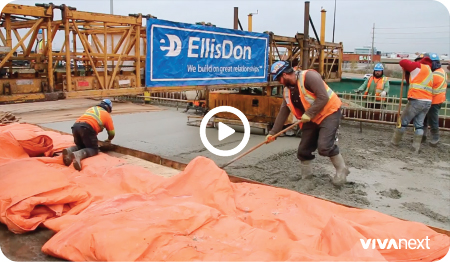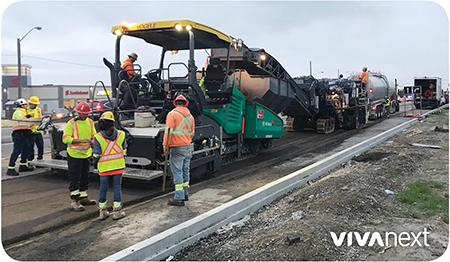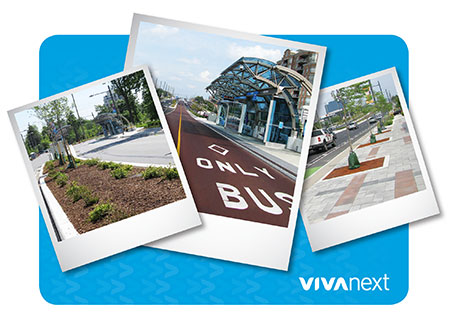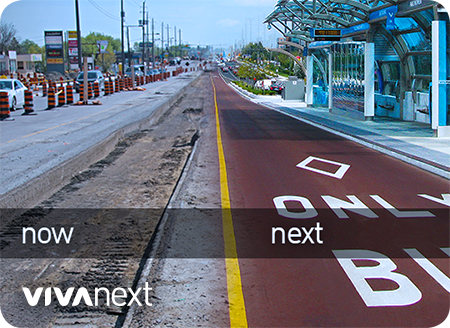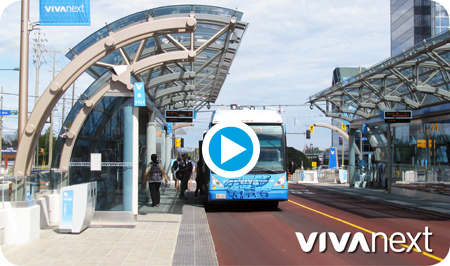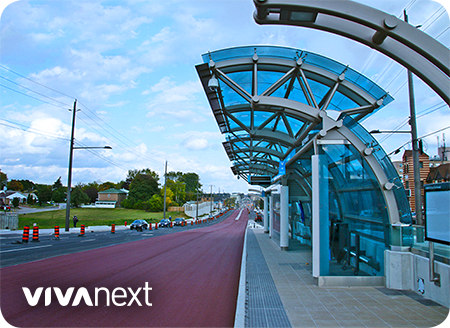
As much as it has a huge impact on our day-to-day quality of life, it’s probably safe to say that roadway design is not very top-of-mind for most of us. This is probably true, even for the part of the road that we all directly interact with every time we get in a vehicle: the asphalt paving that covers the surface.
Yet for anyone impatient for the last stages to be finished along the newly widened Davis Drive in Newmarket, it’s helpful to understand the paving process overall, and why this final stage of each rapidway project seems to take such a long time to complete.
Most roads in Canada are paved with the familiar black asphalt, which is a mix of a binding ingredient and gravel. Asphalt is popular because it’s relatively inexpensive to install compared to concrete, wears well, and can be restored many times before the road needs to be completely rebuilt. Given the cost and disruption involved with repairing or rebuilding a road, it’s critically important that you get the asphalt “mix” right, and put the asphalt down properly in the first place.
The first fact to understand is that not all asphalt paving is the same. The wear and tear on a road will depend on the volume of traffic it gets, including how many vehicles are trucks or cars, and how fast they’re going. Whether the traffic is generally driving straight, or is turning, or stopping and starting as is the case at a busy intersection, will affect the wear. So asphalt mixes vary, depending on how durable it needs to be to stand up to the traffic it will carry. Different mixes have different installation requirements, including how long they take to cure before they can take heavy traffic.
The other important consideration with asphalt is that proper installation makes all the difference to how well it will wear. There are a number of steps that have to be taken to ensure the durability of the asphalt, in addition to getting the mix right:
- First, the gravel base that the top layers go over has to be in excellent condition. It needs to be perfectly smooth, level and compact, or else the top asphalt can crack and pothole more quickly.
- The air temperature needs to be within a certain range: too hot or too cold, and the asphalt won’t last as long.
- It needs to be installed in wide swathes extending across lanes, to avoid having too many joints.
- It needs to be carefully tied in at side streets, to make sure the entire roadway is smooth and level.
- The asphalt at intersections, which get extra heavy wear from vehicles braking, accelerating and turning, needs to be especially carefully installed.
The distinctive red asphalt on our vivaNext rapidways and intersections has its own requirements, and has to be laid down last, in a single layer, once the blacktop is completely set.
Working out a construction schedule that allows us to meet all these requirements before the weather gets too cold, requires that access to the roadway is completely restricted for short periods, within small segments. Our team is working closely with the community to minimize the disruption as much as possible, although we know this stage is going to be challenging for everyone.
Getting the final stages done right has a direct impact on the long term performance of the road and the new rapid transit system. As much as we want to be finished as soon as possible, speeding up the process simply is not an option. By building to the highest standards now, we’ll have a high quality road that will perform well for years to come.

